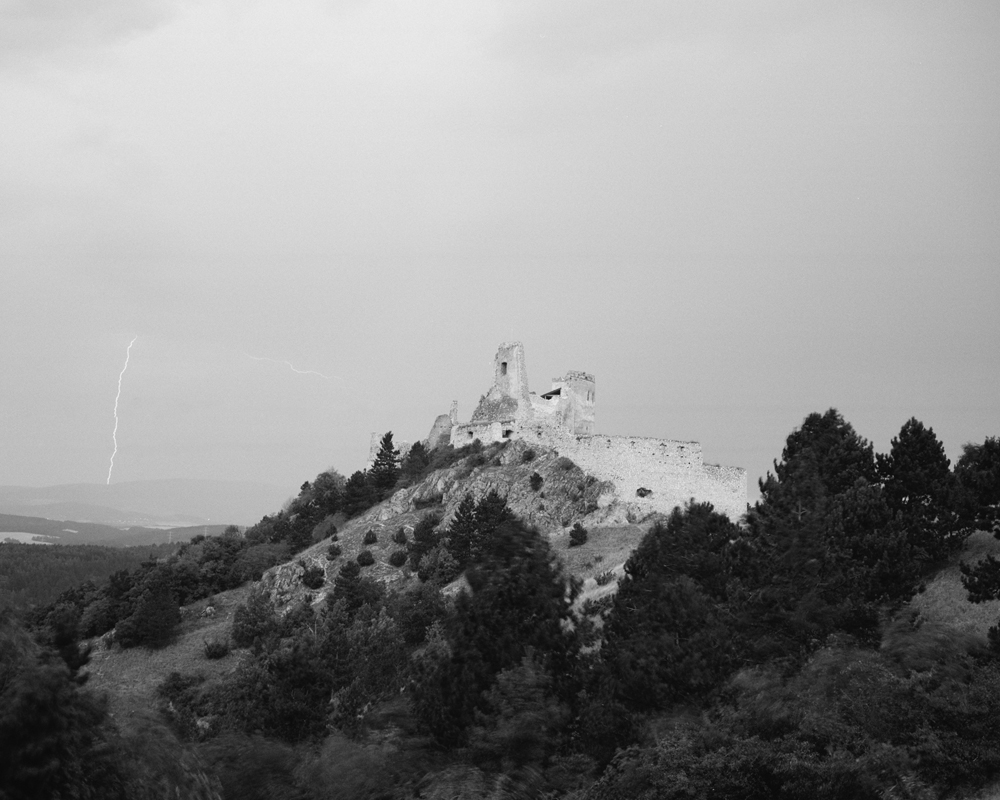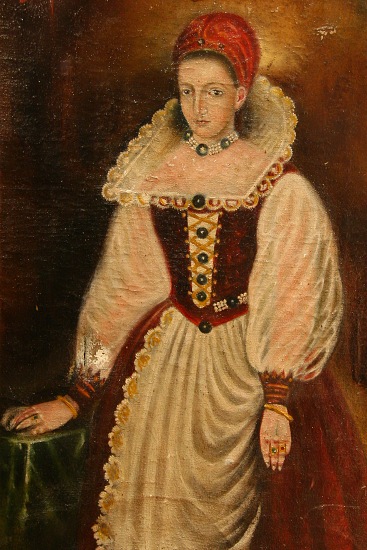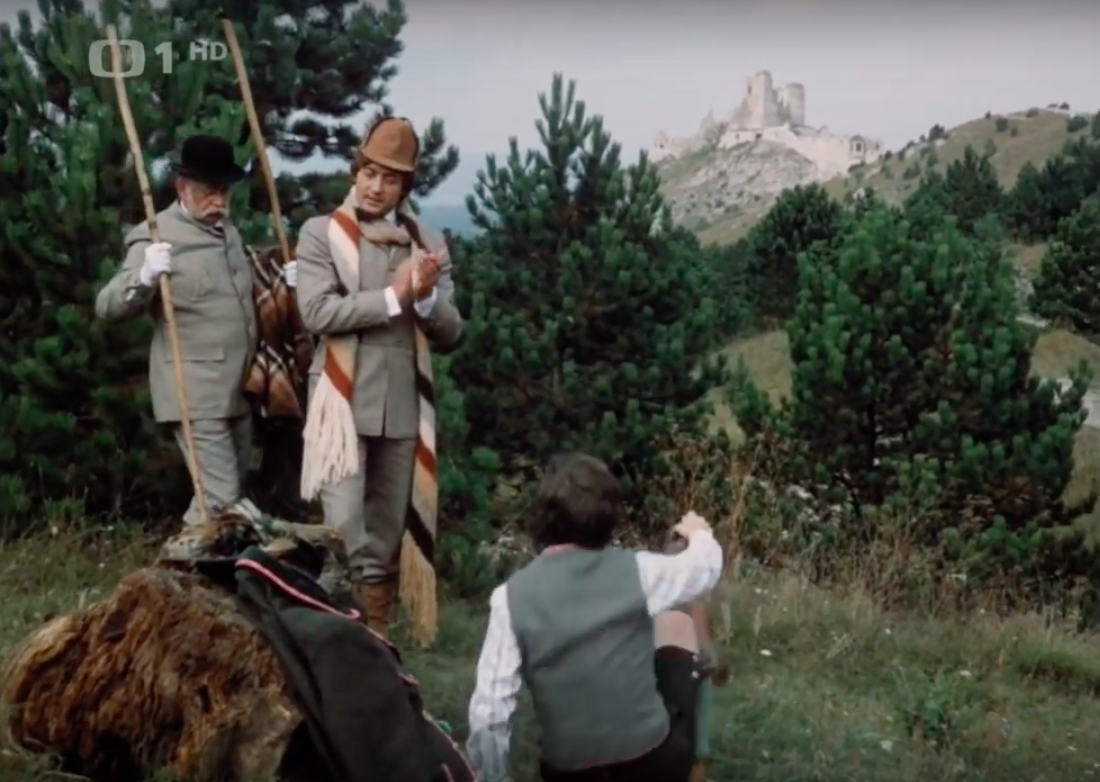Artist Blog
Every week an artist whose single image was published by Der Greif is given a platform in which to blog about contemporary photography.
Čachtice Castle and Elizabeth Bathory
Jul 04, 2016 - Tereza Zelenkova
Aside from locations in the Czech Republic, I have decided to include some of the places found in Slovakia as some of the nations’ cultural and historical references are tightly bound, especially for myself as being probably the last generation that will remember Czechoslovakia as one country. One of the best known of these places is Čachtice (or Csejte) Castle, now a picturesque ruin but formerly the home to bloodthirsty countess Elizabeth Bathory (1560 – 1614). Elizabeth Bathory is thought of as the most prolific female serial killer in history. It is said that she had tortured and murdered dozens of local women, acts out of which she gained sadistic pleasure. She was trialed for these murders together with her accomplices who ended up being tortured and executed themselves, while the countess was imprisoned in her castle, in a room without windows, where she’d spent the last four years before her death. There are many folk legends surrounding these events, most commonly it is said that she would bath in her victim’s blood in order to maintain eternal youth.
One of the photographs that I took at the castle is an opening in the wall found in a room that used to be Elizabeth Bathory’s bedroom. It is claimed by the historians that the hole has always been there and that it used to be covered up with a wardrobe. As the opening leads into a rather large room with no windows and no other access, it is said that it used to be where the countess imprisoned and tortured her victims.
The figure of the countess as well as the castle itself is sometimes mentioned as one of the inspiration sources to Bram Stoker’s Dracula and the castle appeared in Nosferatu from 1922 (the main castle being the nearby Orava castle).
Čachtice castle is also setting to one of my all time favorite (Czech) films, The Mysterious Castle in the Carpathians. Based on Jules Verne novel, the film was directed by prolific director Oldřich Lipský and it features some amazing sets and props by Jan Švankmajer.





